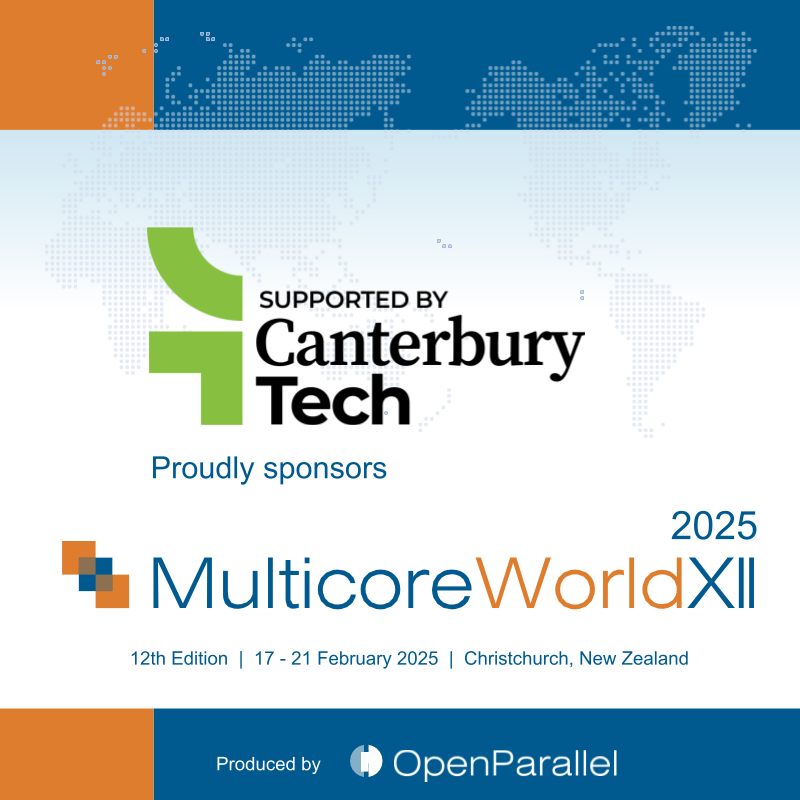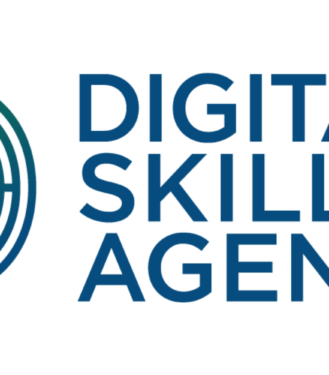Multicore World is coming to Ōtautahi Christchurch February 17-21 and is bringing the greatest minds and experts in software and hardware, electronics and infrastructure in computing to our city.
We’re talking 30+ global leaders in the fields of data science, next generation computing, artificial Intelligence, systems architecture, computational engineering and sciences to name a few.
We, as a city, have an incredible opportunity to share the room and fast-track our knowledge and business connections through personally connecting and learning from these global experts.
Over 4.5 days in single track sessions, have conversations as important as the presentations – with 10 keynotes, 25 presentations and 4 panels, you’ll have a unique exposure over several days of world leaders to discuss strategic technologies that would lead to long-term opportunities.
Some featured speakers:
Digital Twin: Graph Formulations for Managing Complexity and Uncertainty
Karen Willcox, MNZM – Director, Oden Institute for Computational Engineering and Sciences at The University of Texas at Austin | Associate Vice President for Research | Professor of Aerospace Engineering and Engineering Mechanics. US.
Enabling Efficient and Effective Complex HPC and AI Workflows
Larry Kaplan – Senior Distinguished Technologist, Hewlett Packard Enterprise. US.
The Democratization of Co-design
James Ang and Antonino Tumeo – Chief Scientist, Computing. Pacific Northwest National Laboratory. US.
Making computers fundamentally more secure – the CHERI approach
Simon Moore – Professor of Computer Engineering at the University of Cambridge. UK
HPC to Enable NASA Missions
Rupak Biswas, PhD – Director, Exploration Technology Directorate. NASA Ames Research Center. US.
Hear from the core leaders who are designing and building the newest technologies and applications – in SW, HW, as well on strategy and long-term vision. Discuss the BIG questions directly with them through Q&A, panels, debate sessions, extended breaks and networking sessions. Check the unique speakers lineup and the topics to be discussed.
Multicore World is an independent meeting – speakers stay for the duration of the conference.
Check the “Why Multicore World” video with Karen Willcox, Satoshi Matsuoka, Jim Ang and others about their reasons to join the conference.




